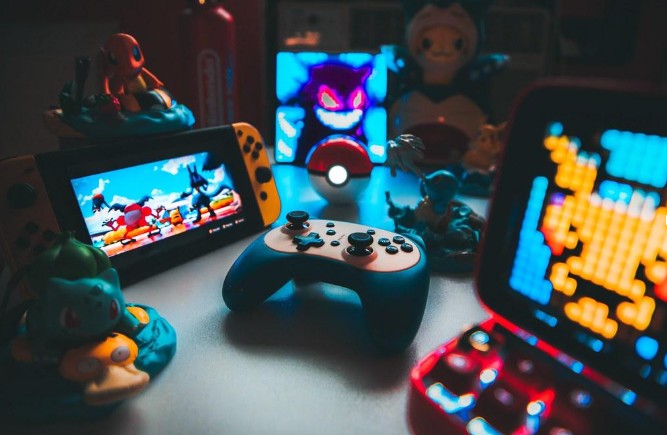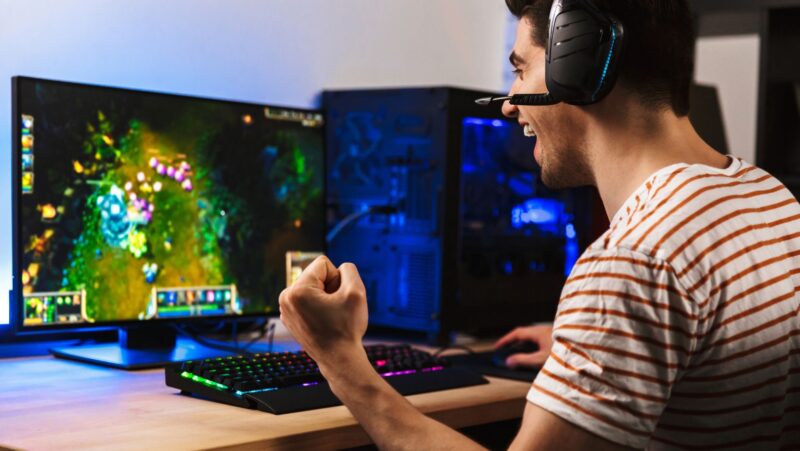
The skin market is so vast that many players, or traders as some prefer to call them, simply buy and sell skins without ever using them. These activities have become essential skills that every player should possess. Let’s focus on selling your skins for now. At this moment, we have three crucial questions to address: which skins to sell, at what price to sell them, and how much to sell. Fair enough? If you can’t answer these questions right now, don’t worry at all because these are exactly the questions we’ll be discussing in our article. Alright, let’s get started!
Which Skins Are More Profitable?
You can profit from any skin, but the key question is when and how much. Naturally, you want to make a profit quickly and maximize the amount, right? That’s why it’s important to focus on a specific type of skin:
New Releases
Newly released skins tend to create a lot of excitement and interest in the CS2 community. These skins usually come out in new weapon cases or collections that Valve introduces during updates or special events. Players eagerly look forward to these releases, which drive up both interest and prices in the market. It can be quite profitable to invest in these new skins, especially if you get them early when demand is high, and there aren’t many available yet.
HLimited Edition Skins
Skins that are linked to short-term events or special promotions, like those celebrating major tournaments or exclusive partnerships, are usually in high demand. Their limited availability and distinctive designs make them attractive to players, often resulting in higher resale prices. Keeping track of upcoming events and promotional collaborations can reveal profitable opportunities within this category.
High Demand Skins
Some skins remain popular over time because of their attractive designs, iconic status, or practical benefits in gameplay. Skins for widely used weapons like the AK-47, AWP, or M4A4 are consistently favored by players. Moreover, focusing on skins with high rarity and minimal wear levels can be particularly appealing to players. These skins tend to maintain or increase their value better than common ones.
How to Determine the Value of Your Skins
Now that you’ve identified the skins you want to acquire and sell, the next crucial step is determining their sales price. There are several proven methods and tips you can use for this:

Research Skin Market
One of the most straightforward methods is to check current prices on popular marketplaces like the Steam Community Market or third-party sites.
These platforms provide real-time listings of similar skins, allowing you to gauge the average market value based on recent transactions. Factors such as skin condition (wear level), rarity, and demand can influence pricing. Be sure to consider recent trends and fluctuations in pricing when assessing your skins’ value.
Track Trends
Tracking price trends involves keeping a close eye on how the value of specific CS2 skins or types of skins changes over time. You can do this by using websites and tools that track past price data and show how prices have gone up and down in the CS2 skin market. These resources give you useful insights into what affects prices, like how many people want a certain skin versus how many are available for sale. Watching these trends helps you better understand why prices change. For instance, a skin might become more popular after a game update that enhances its appearance or utility in gameplay. This awareness enables you to gauge the optimal times for buying or selling your skins.
Get Advice from Experienced Players
Engaging with the CS2 community through forums, social media groups, or dedicated trading communities can offer valuable insights into skin valuation. Experienced traders and enthusiasts can provide firsthand knowledge of market dynamics, pricing trends, and potential buyer preferences. Seeking advice from trusted community members or established traders can help refine your understanding of your skins’ market value and optimize your selling or trading strategy.
Where to Sell Your CS2 Skins
Well, you have three main methods to buy, sell, and trade your CS2 skins. Here is the detailed information about each of them:
Steam Marketplace
The Steam Community Market provides a direct and integrated platform within the Steam ecosystem. Sellers list their skins directly from their Steam inventory, setting prices based on market trends or personal preference. When a buyer purchases a skin, Steam deducts a transaction fee (typically around 15%) from the sale price, with the remaining funds added to the seller’s Steam Wallet. This balance can be used for Steam purchases or withdrawn, depending on regional options.
Third-Party Platforms
Alternatively, third-party marketplaces offer broader flexibility and sometimes better pricing options. Sellers create accounts on these platforms, link their Steam profiles, and list their skins for sale, detailing conditions and desired prices. Fees vary among platforms and may include percentages of the sale or flat fees. Some platforms also provide instant sale options at slightly reduced prices to expedite transactions. Payment methods for withdrawing funds can include PayPal, cryptocurrency, or other options, often subject to verification processes for security. By the way, this method is also useful for selling skins for real money, just in case.
Peer-to-Peer Selling
For those preferring direct interaction, trading and auction websites like Reddit’s r/GlobalOffensiveTrade or CS2 dedicated forums facilitate peer-to-peer transactions.

Sellers post listings for their skins, inviting potential buyers or traders to negotiate terms directly. Transactions here often involve in-game trades or payments via platforms like PayPal. Trust and reputation play crucial roles in ensuring secure transactions, as these platforms rely heavily on community feedback and user reputation systems to maintain trustworthiness. You should exercise caution, verify the identity and history of potential buyers, and use secure payment methods to ensure a safe transaction experience.
Conclusion
In conclusion, in this article, we’ve highlighted that focusing on newly released, limited edition, and high-demand skins is key when selling. To determine the right price for your skins, you can research similar items, track market trends, or seek advice from experienced players once you’ve figured out what to sell and at what price, the next step is choosing where to sell. Options include the Steam Marketplace, third-party platforms, or direct sales to peers. That covers everything. Best of luck with your trading journey!











